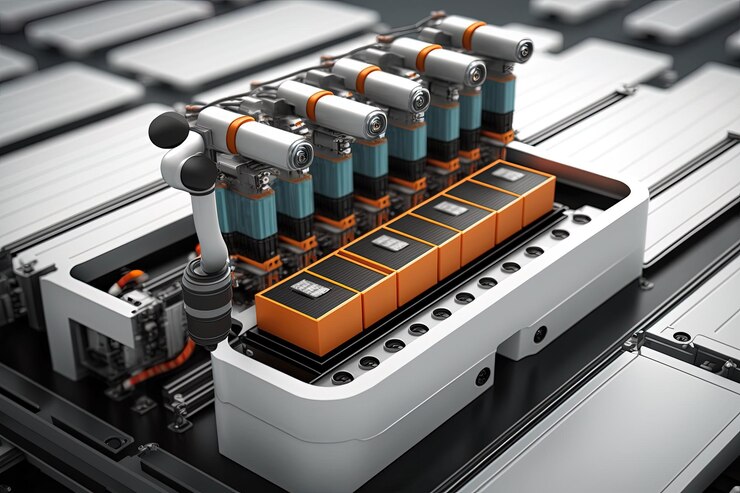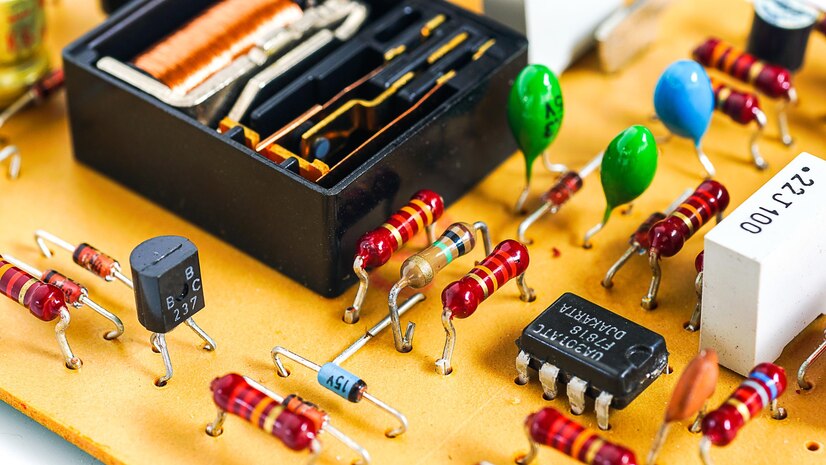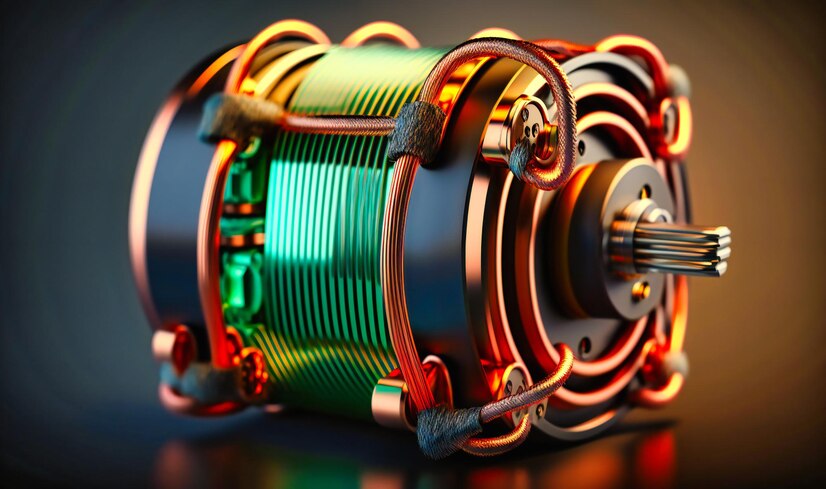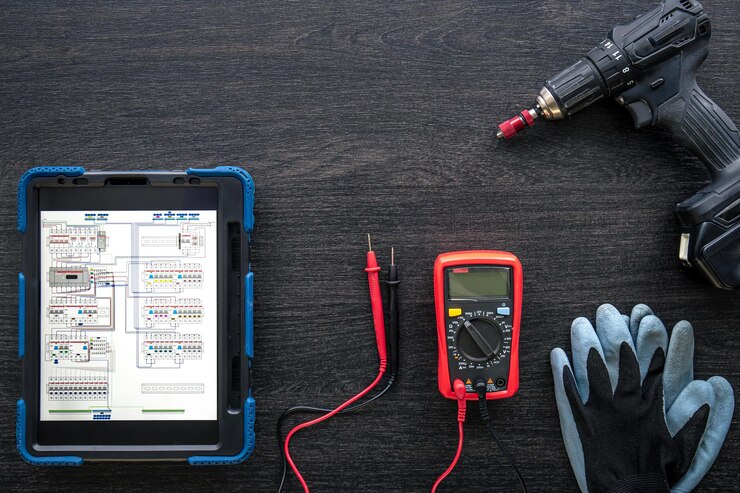Introduction
“How to combine non-polar capacitor” when it comes to electronics and circuitry, capacitors play a vital role in storing and releasing electrical energy. There are many different types of capacitors, but the two main types are polar and non-polar. While polar capacitors, such as electrolytic capacitors, have a defined positive and negative terminal, non-polar capacitors are unique in that they don’t have a specific polarity. This distinction often raises the question: How can non-polar capacitors be effectively combined in electronic circuits? We will examine the various approaches and factors to take into account when combining non-polar capacitors in this extensive guide to get the required capacitance and functionality for your electronic projects.
Understanding Non-Polar Capacitors
Before diving into the methods of combining non-polar capacitors, let’s briefly recap what non-polar capacitors are and where they are commonly used.
There is no specific positive or negative terminal on non-polar capacitors, also referred to as bipolar or non-electrolytic capacitors. Unlike polar capacitors, which must be connected with the correct polarity to avoid damage, non-polar capacitors can be connected in either direction without any adverse effects. Tantalum and ceramic capacitors are two popular varieties of non-polar capacitors.
Non-polar capacitors are often used in various electronic applications, such as coupling capacitors, timing circuits, noise filtering, and signal decoupling. By skillfully combining these capacitors, you can improve your circuits’ capacitance, voltage handling capacity, and overall performance.
Methods for Combining Non-Polar Capacitors
Parallel Combination
Parallel connections are among the most popular ways to combine non-polar capacitors. When capacitors are connected in parallel, their capacitance values add up, while the voltage rating remains the same. Here’s how you can do it:
- Identify the Capacitors: Begin by selecting the non-polar capacitors you want to combine. Make sure they have the same voltage rating to avoid any issues.
- Connect the Terminals: Connect the positive terminal of one capacitor to the positive terminal of another and the negative terminal of one to the negative terminal of the other.
- Repeat if Needed: You can continue connecting more capacitors in parallel to increase the overall capacitance as required.
- Calculate Total Capacitance: To find the total capacitance of the parallel combination, simply add up the individual capacitance values. For instance, the total capacitance increases to 20µF when two 10µF capacitors are connected in parallel.
Parallel combination is ideal when you need to increase the capacitance while maintaining the same voltage rating.

Series Combination
In some cases, you may want to combine non-polar capacitors in a series arrangement. This method increases the voltage rating while keeping the overall capacitance lower. Here’s how you can do it:
- Identify the Capacitors: Select the non-polar capacitors with the same capacitance values.
- Connect in Series: Connect the positive terminal of one capacitor to the negative terminal of the other. Repeat this for as many capacitors as needed.
- Calculate Total Voltage Rating: To find the total voltage rating of the series combination, add up the individual voltage ratings of the capacitors. For instance, the total voltage rating increases to 50V when two 25V capacitors are connected in series.
- Calculate Total Capacitance: To determine the total capacitance of the series combination, use the formula:
1 / (1/C₁ + 1/C₂ + 1/C₃ + ...)Where C₁, C₂, C₃, etc., are the capacitance values of the individual capacitors.
Series combination is useful when you need to increase the voltage handling capability of your capacitors while maintaining a specific capacitance value.
Mixed Combination
In more complex electronic circuits, you may find it necessary to use a combination of parallel and series arrangements to achieve the desired capacitance and voltage rating. This mixed combination allows you to tailor the capacitors to your specific circuit requirements.
Here’s a general approach to combining non-polar capacitors in a mixed configuration:
- Determine Your Requirements: Identify the capacitance and voltage rating requirements of your circuit.
- Select Capacitors: Choose non-polar capacitors that meet your specifications. You may need a combination of different capacitance values and voltage ratings.
- Design the Combination: Plan the arrangement of capacitors in parallel and series to meet the circuit requirements. Use the previous methods as needed.
- Test and Adjust: After connecting the capacitors, test the circuit to ensure it functions as expected. You may need to make adjustments to the capacitor arrangement if necessary.
Considerations for Combining Non-Polar Capacitors
While combining non-polar capacitors can be a versatile way to meet your circuit’s requirements, there are several important considerations to keep in mind:
Tolerance and Accuracy
Capacitors have tolerance ratings that indicate how close their actual capacitance is to the specified value. Pay attention to the tolerances of the capacitors you combine to make sure the final capacitance accurately satisfies your needs.
Frequency Response
Different types of non-polar capacitors have varying frequency responses. Ceramic capacitors, for instance, are suitable for high-frequency applications, while tantalum capacitors may perform better at lower frequencies. Choose the right type of capacitors based on your circuit’s frequency requirements.
Temperature Stability
Consider the operating temperature range of your circuit. Some capacitors may exhibit variations in capacitance with temperature changes. Choose capacitors with stable characteristics over the intended temperature range.
Voltage Rating
Ensure that the combined voltage rating of the capacitors is sufficient for your circuit’s requirements. Operating capacitors above their voltage ratings can lead to failure and potentially dangerous situations.
Layout and Connection
Pay attention to the physical layout and connection of capacitors in your circuit. Keep leads and traces short to minimize parasitic capacitance and inductance.
(FAQs)
1. What are non-polar capacitors, and how are they different from polar capacitors?
There is no specific positive or negative terminal on non-polar capacitors, also referred to as bipolar or non-electrolytic capacitors. In contrast, polar capacitors have specific polarity markings and must be connected with the correct polarity to function correctly.
2. Why would I need to combine non-polar capacitors?
Combining non-polar capacitors allows you to achieve specific capacitance values and voltage ratings that may not be readily available in a single capacitor. This can be useful for customizing circuits to meet your specific requirements.












